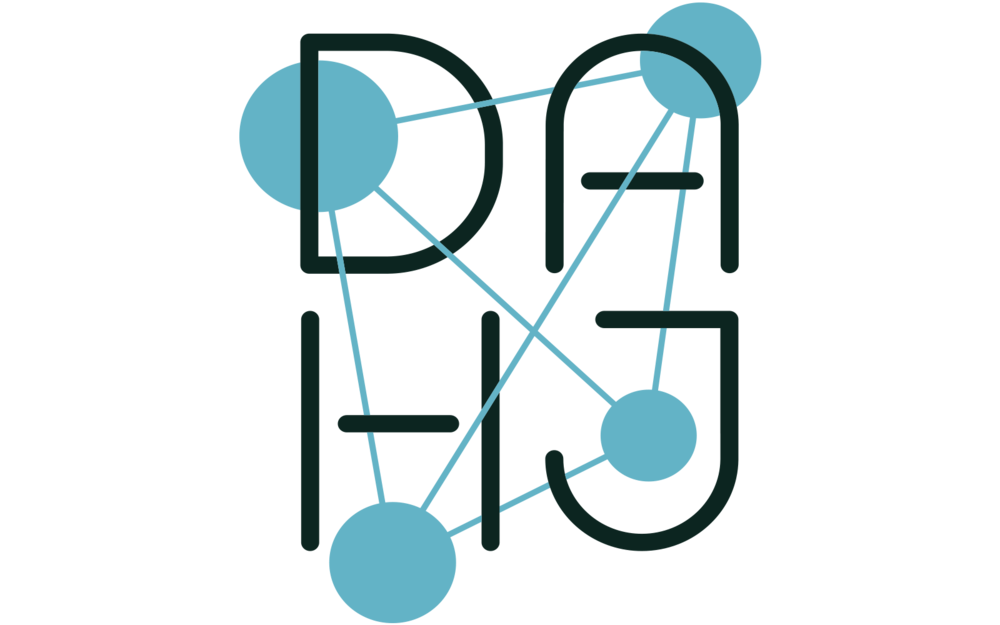Abstract
The digital medium allows visitors, curators and art historians to gain new insights into their collections through data analysis and rich, interactive visualizations. Motivated by the rise of large-scale cultural heritage collections that have emerged on the Web, we argue that Formal Concept Analysis can be used to highlight the relationships between objects and their features within digital art collections and provide a means for visitors to explore these collections via interactive, narrated pathways. Our work presents four research projects that span 10 years from 2005 - 2015 – ImageSleuth, The Virtual Museum of the Pacific, A Place for Art and a scalability study of Formal Concept Analysis as applied to a data-set from the Brooklyn Museum. Our approach is based on the idea that much of the meaning that can be interpreted from museum collections lies – at least in part – in the way that objects are related to one another. Our work examines how Formal Concept Analysis can drive explorative, narrative-based visitor experiences and reveal new insights into cultural heritage collections.
DOI: https://doi.org/10.11588/dah.2019.4.72070
Authors
Richard J. Cole
is a software engineer. Richard’s PhD explored the use of formal concept analysis for the organization of text documents. His subsequent postdoc explored the use of formal concept analysis for the identification of “concepts” from text and for the inherent structure implicit in software code bases.
Frithjof Dau
has a PhD in Mathematics from TU Darmstadt and worked closely with the late Rudolf Wille who invented formal concept analysis. Frithjof now works as a software developer for SAP in Dresden.
Jon Ducrou
has a PhD in Computer Science from the University of Wollongong. Jon’s work explored navigation paradigms in information retrieval in formal concept analysis and he has worked at Amazon Inc. since graduation.
Peter W. Eklund
is professor of Artificial Intelligence and Machine Learning at Deakin University. Peter’s interests include applied formal concept analysis and its application to text, images and artwork.
Tim Wray
is a postdoc and front-end Web developer at the IT University of Copenhagen and holds a PhD in interaction design. Tim’s PhD explored new ways of designing rich interactions with digital art collections. Tim is also part of the EU Horizon 2020 project “GIFT: Meaningful Personalization of Hybrid Virtual Museum Experiences Through Gifting and Appropriation”: a project that combines the physical and digital aspects of museums to create personal encounters with cultural heritage.

